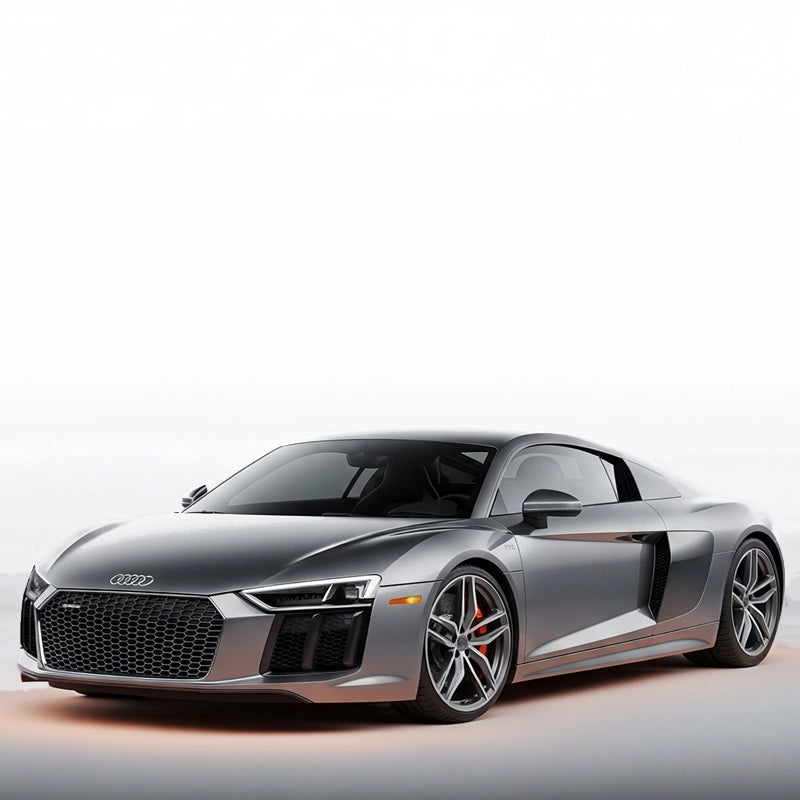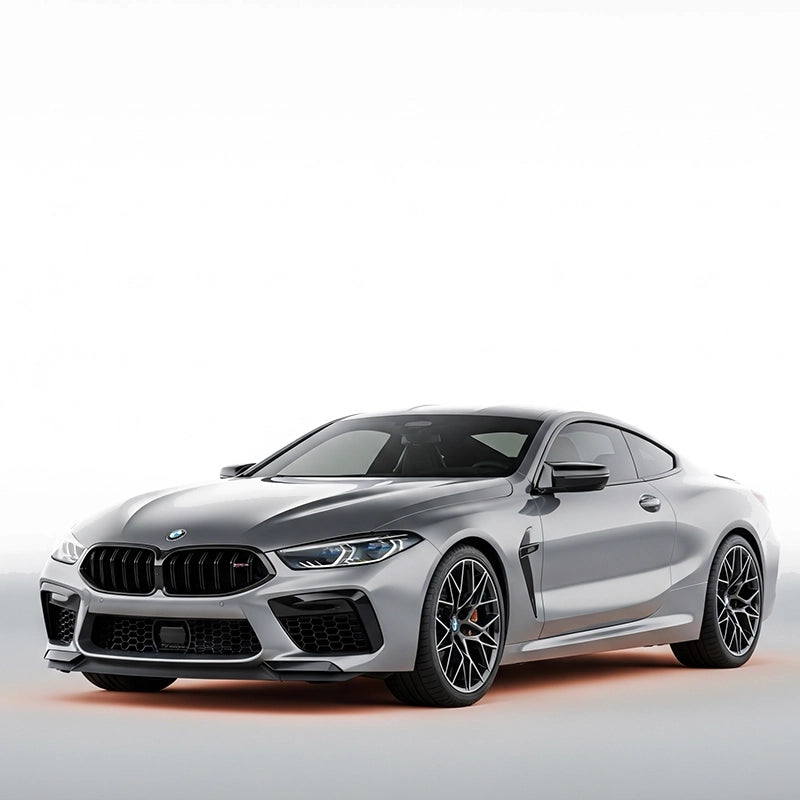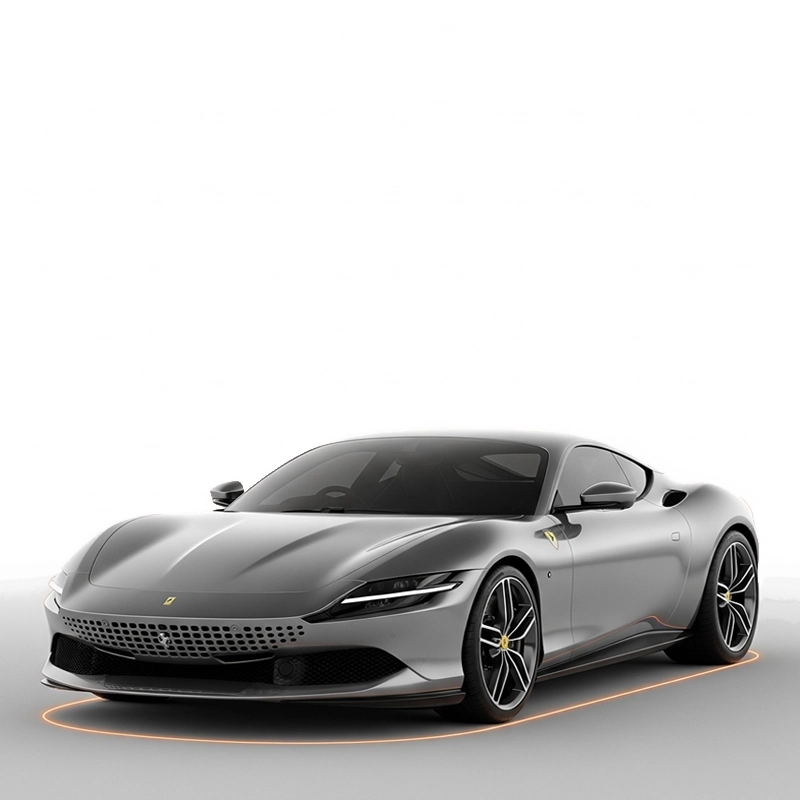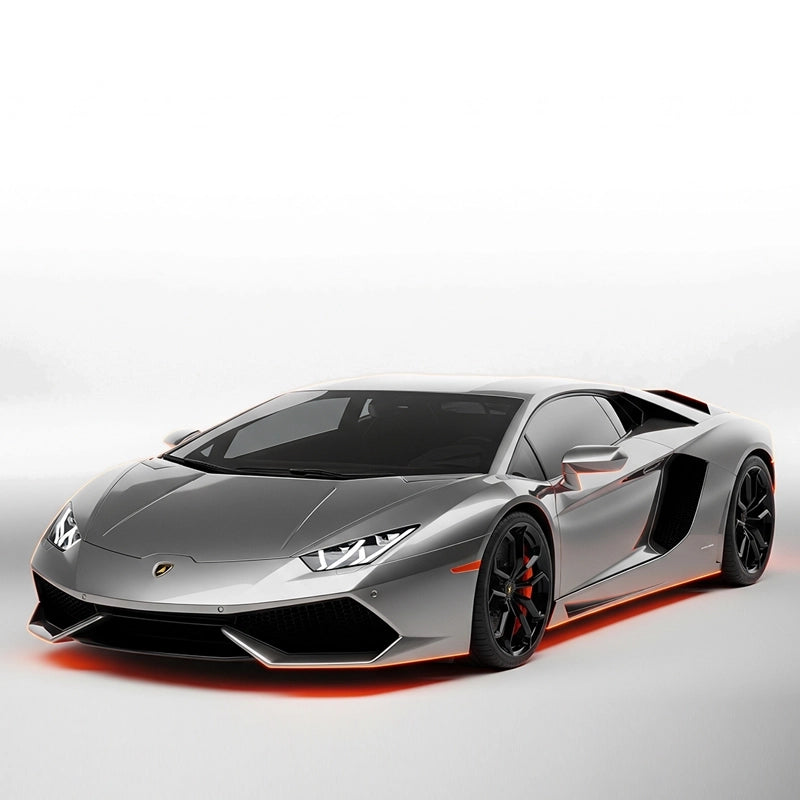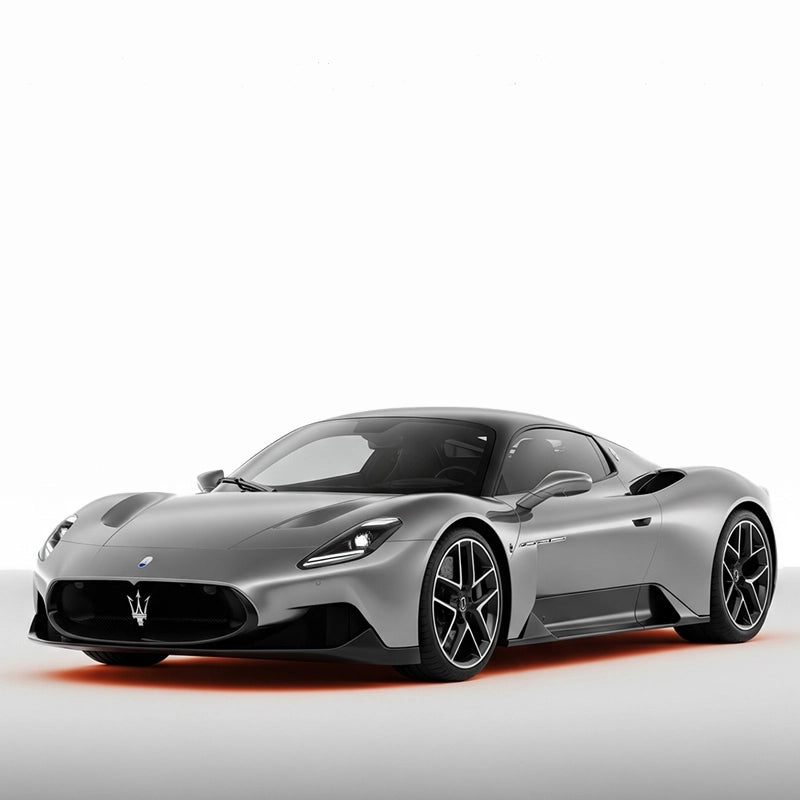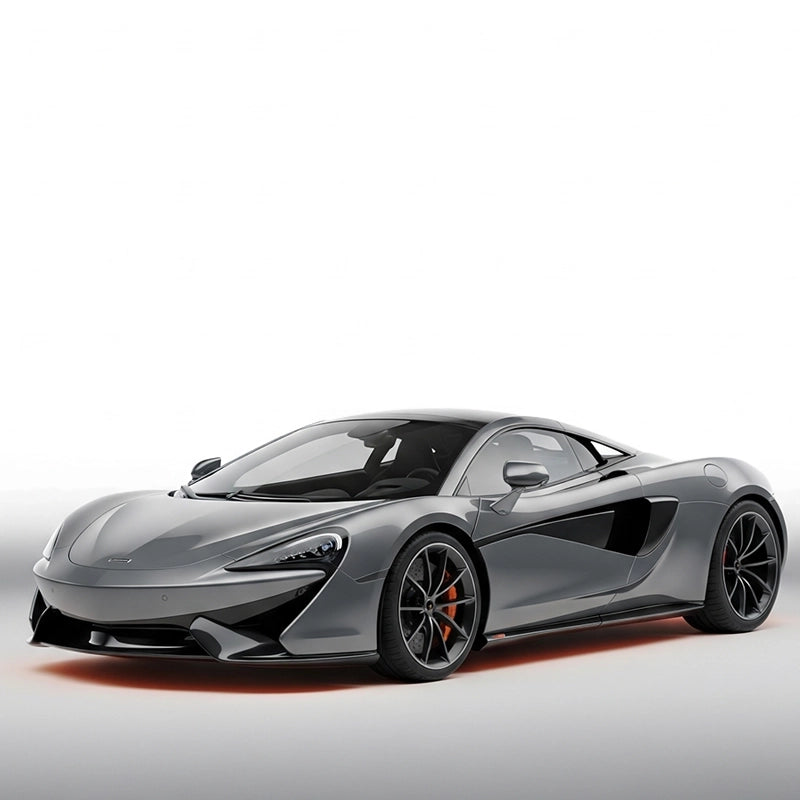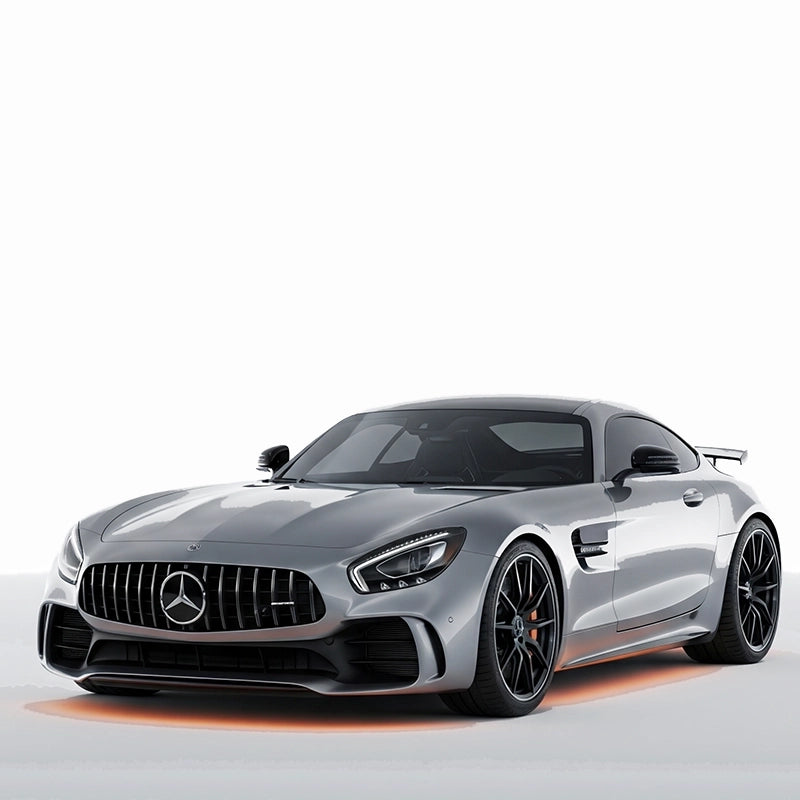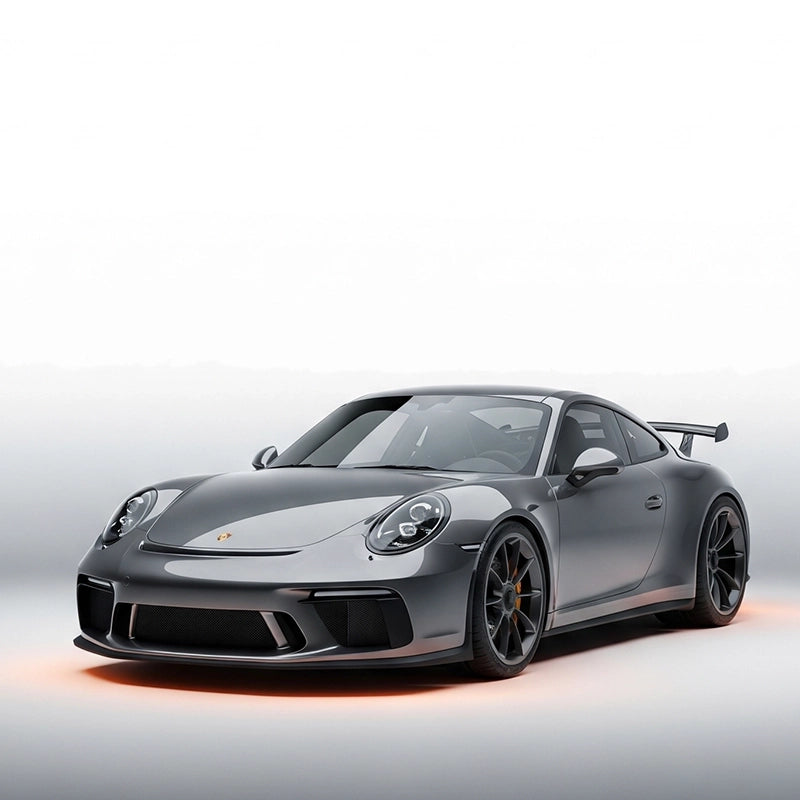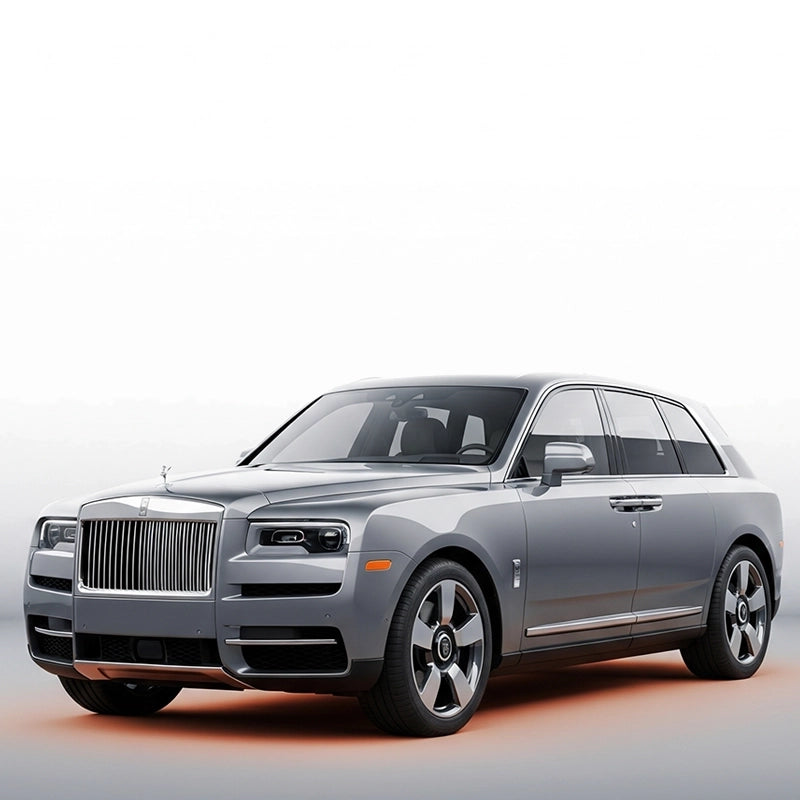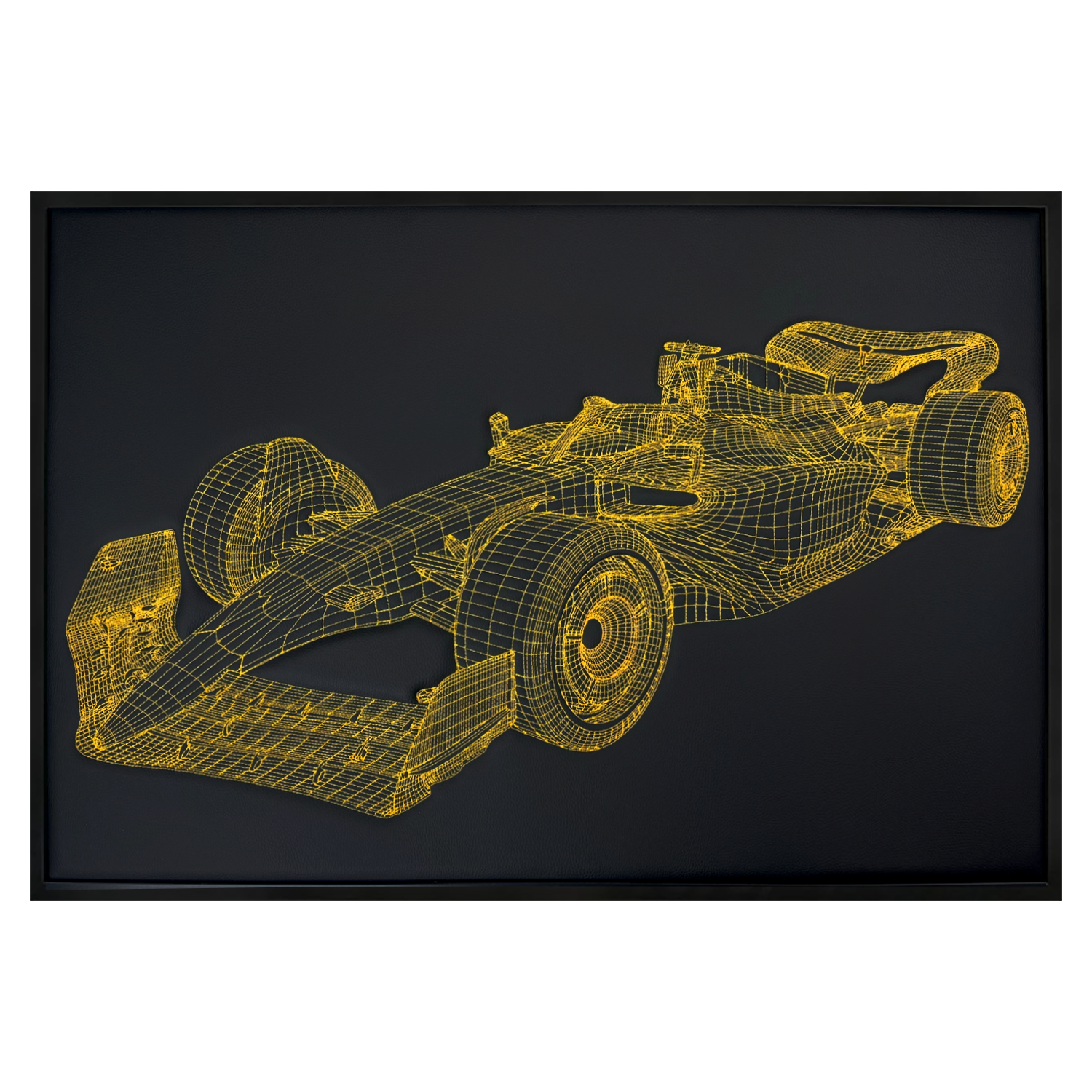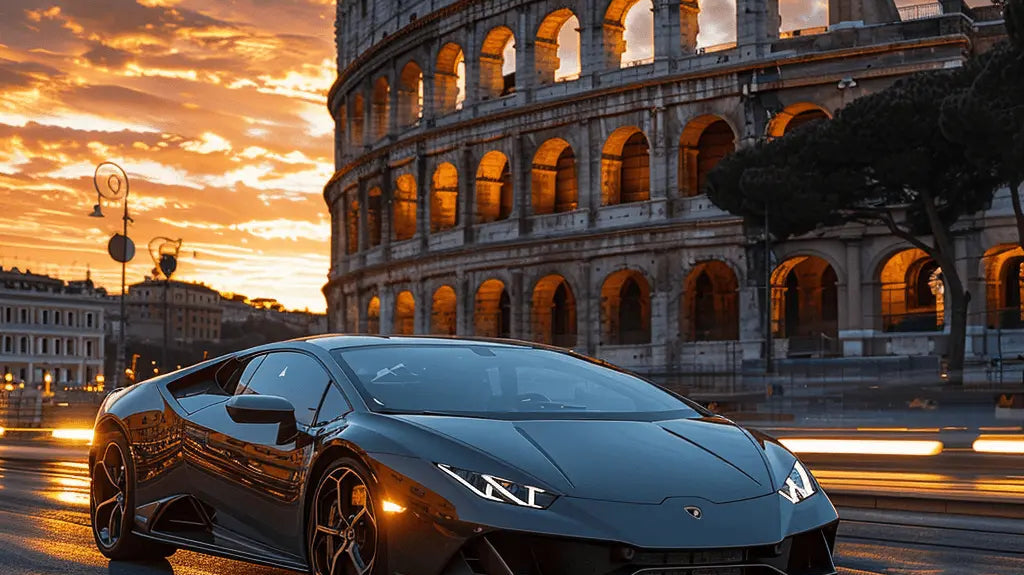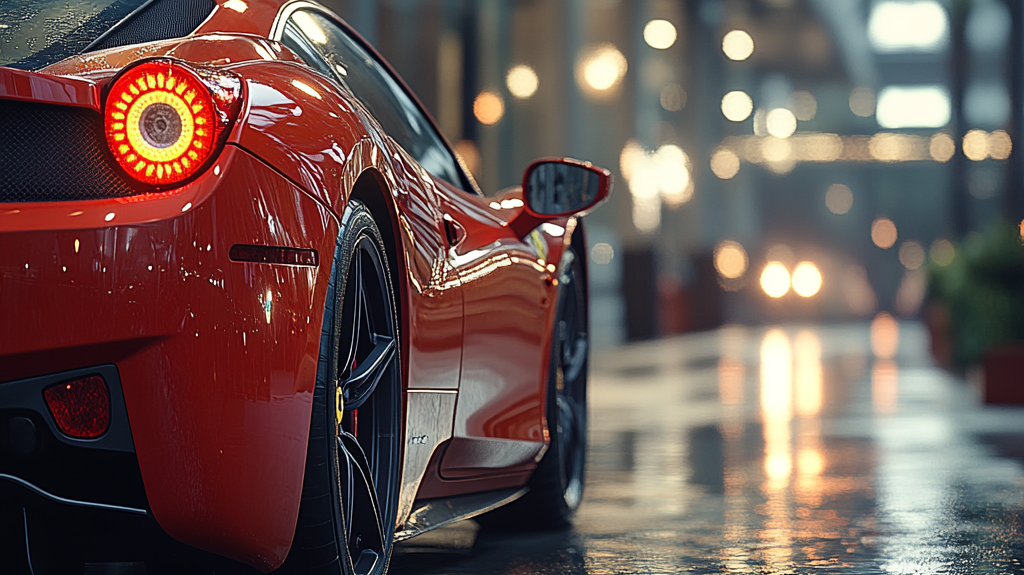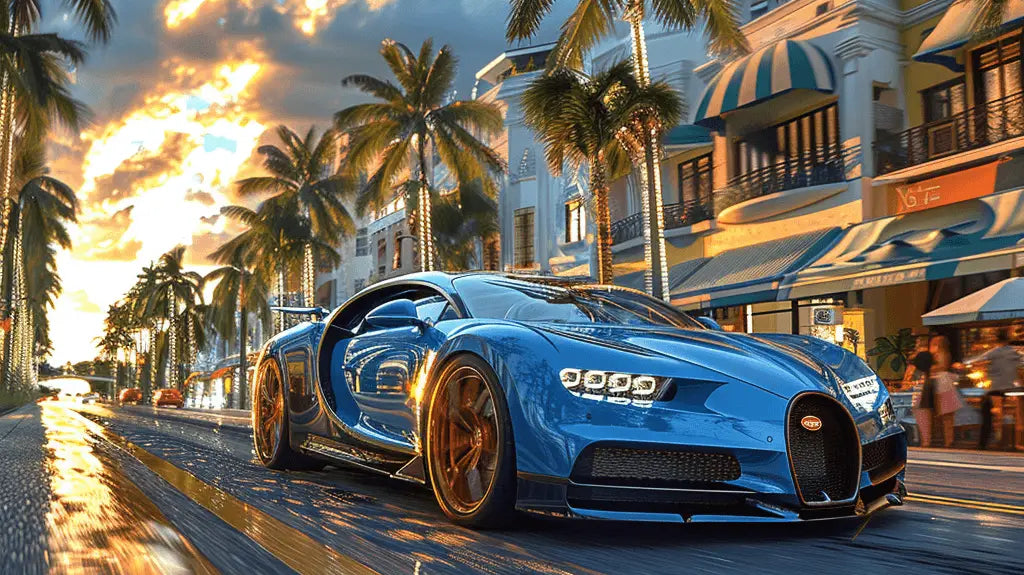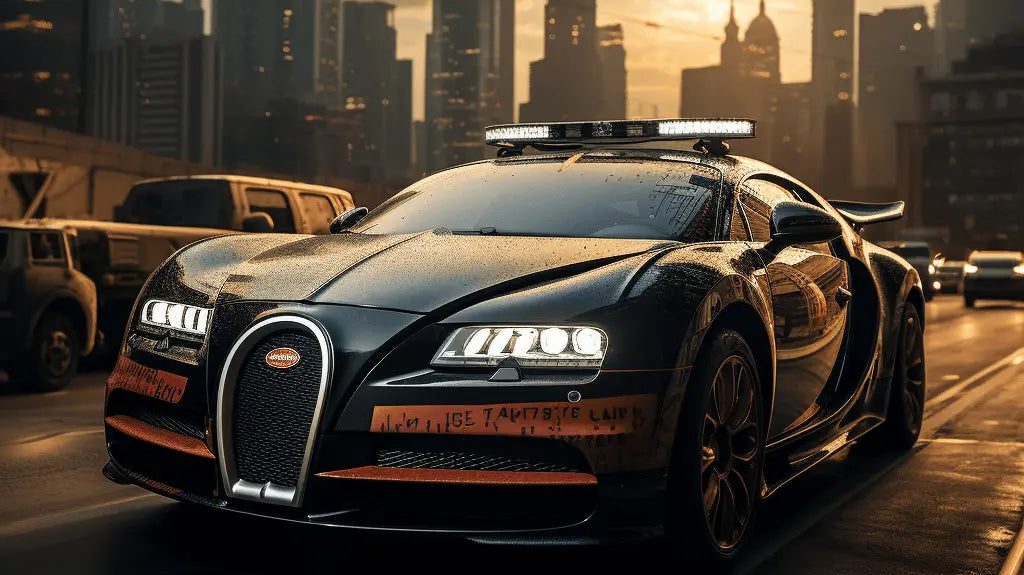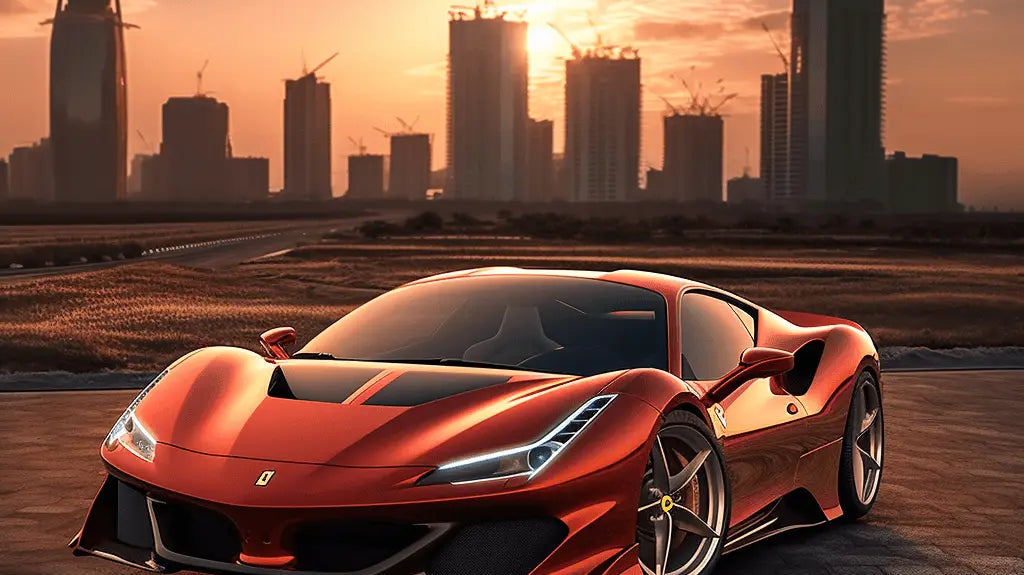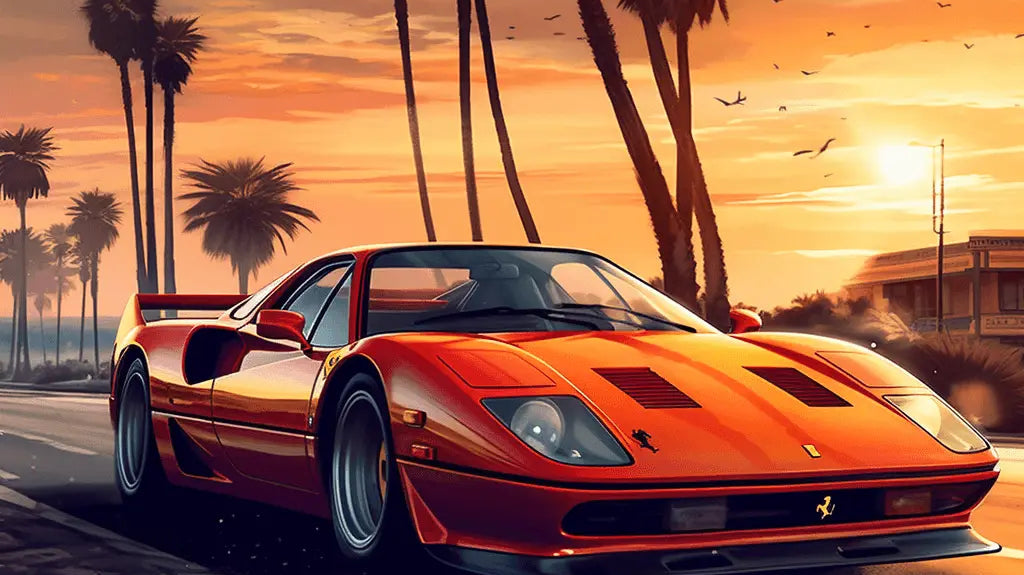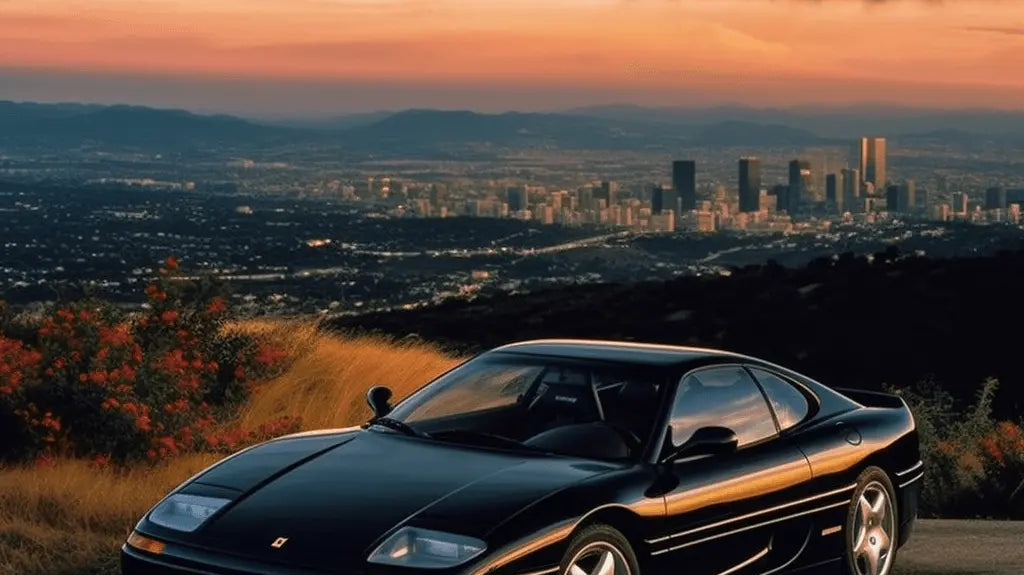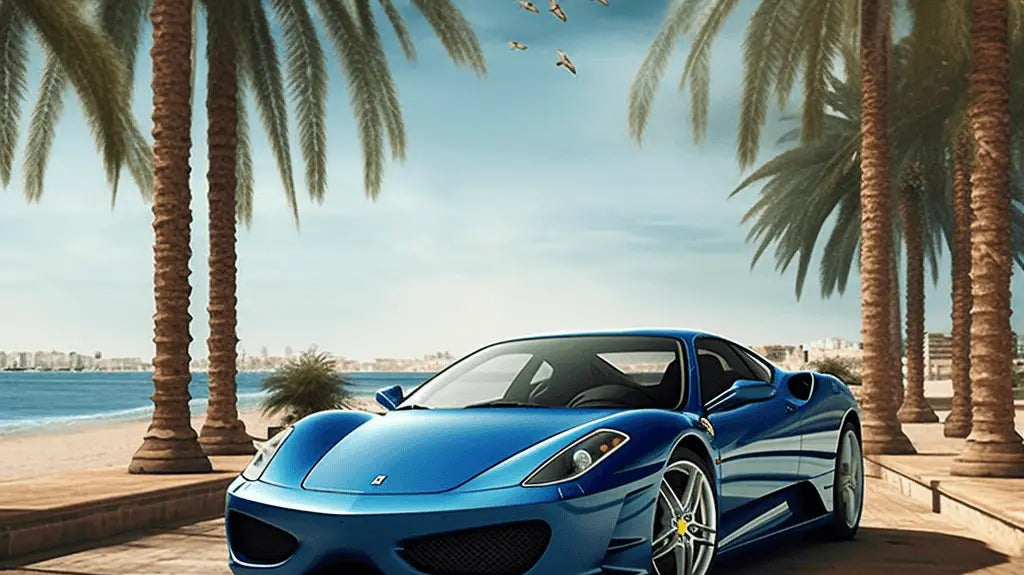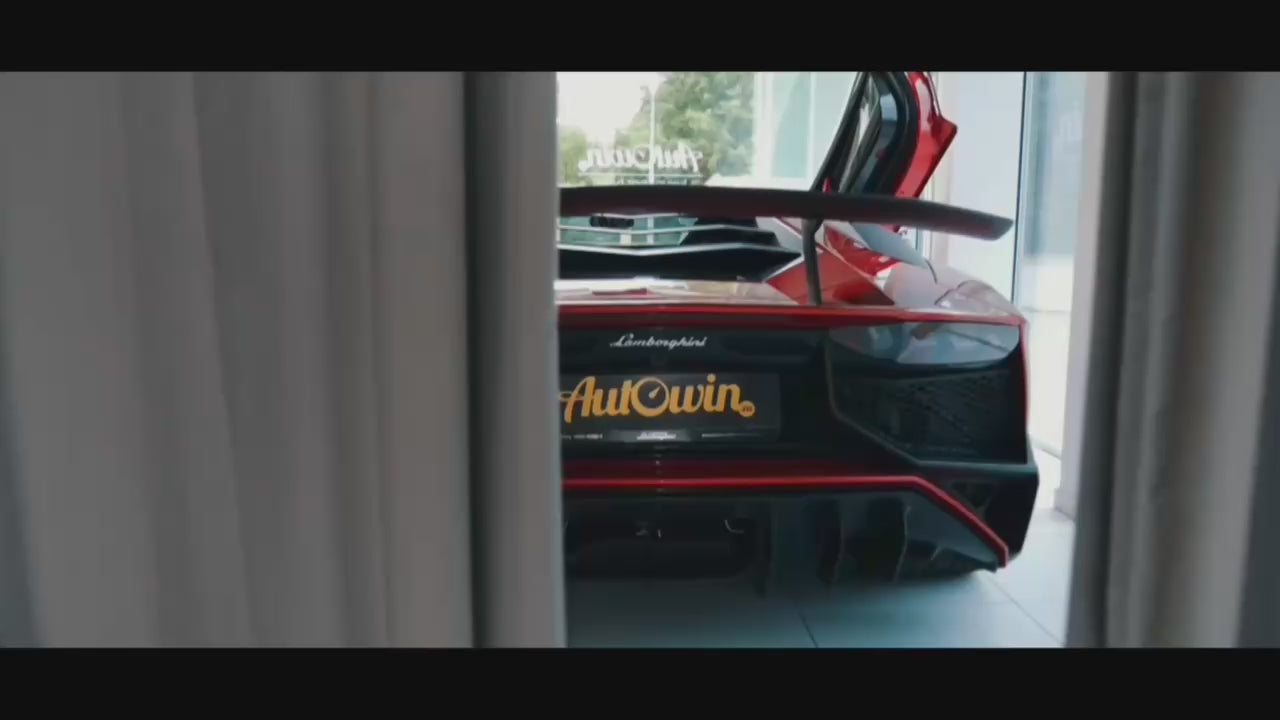The Evolution of Lamborghini: From Tractors to Luxury Sports Cars
Every time I slide into a modern Lamborghini, I still hear a faint echo of the fields. Sounds daft, I know. But once you’ve spent a day riding shotgun in an Aventador on pockmarked Italian B-roads—nose lift working overtime, V12 thundering like a summer storm—you can feel the DNA stretching back to hard-working machines with torque to spare. That’s the beauty of Lamborghini: a brand born among tractors, reinvented as the patron saint of poster cars, and now a staple of the luxury sports car world.
Did you know? Ferruccio Lamborghini’s zodiac sign was Taurus. That raging bull on the nose isn’t just for show.
Pioneering Power: Lamborghini's Tractor Legacy
Before the V12 arias and scissor doors, there was graft. Ferruccio Lamborghini founded Lamborghini Trattori in 1948, building tough, clever tractors out of post-war surplus. The early machines were stout, reliable, and unpretentious—exactly what farmers needed. By the 1960s, models like the R2, R3, and R4 were selling on their durability and torque. Farmers talked about them the way supercar folks talk about horsepower now: with a hint of pride, and maybe a touch of fear.
The Genesis of Transformation: From Tractors to Sports Cars
Here’s the moment the movie soundtrack kicks in. Ferruccio, a successful industrialist who loved fast cars, grew frustrated with a certain red brand’s clutch (you’ve heard the story). He decided he could do better—faster and more luxurious, but engineered like a machine built to work. In 1963 he set up Automobili Lamborghini in Sant’Agata Bolognese. The brief? Make grand tourers with velvet punch and impeccable manners. Well, mostly impeccable. Even the earliest cars had attitude.
The Lamborghini Miura: Supercar Ground Zero
Then came the Miura in 1966 and the world tilted on its axis. A mid-mounted, transverse V12. A shape that barely seemed legal. And performance to match—period tests clocked 0–60 mph in roughly 6.7 seconds, which made big headlines in the swinging sixties. When I finally rode in one years later, the smells alone—hot oil, leather, a whisper of fuel—were worth it. The Miura didn’t just make Lamborghini famous; it created the template for the modern supercar.
Continuing the Lamborghini Legacy: Wedges, Wings, and Wild Ideas
From there, Sant’Agata went full theater. The Countach turned the wedge into an art form. The Diablo kept the V12 flame while cranking up the speed and the swagger. With the Audi era came the Gallardo, a shockingly useable supercar that saved the company’s balance sheet and introduced many owners to the badge. The Aventador revived the thunderous big Lambo vibe—brutal and intoxicating, if a bit clumsy crawling through traffic with its single-clutch ISR thump between gears. And the Huracán? That’s your daily supercar: friendly, devastatingly quick, and composed enough that your barista won’t spill the macchiato.
These days the Urus SUV underwrites the operatic V12s. It’s the one you take for ski weekends in the Alps, heated seats on, kids arguing in stereo, and a trunk full of boots and bravado. Purists grumble; dealers smile. That’s balance.
What makes a Lamborghini feel like a Lamborghini?
- Engines with personality: naturally aspirated V10s and V12s that rev like they’ve got somewhere better to be.
- Design that startles—creases, intakes, and a stance that says “move.”
- Theater: scissor doors, start buttons under fighter-jet flips, and exhausts that announce your arrival three blocks early.
- Chassis tune for drama first, spreadsheets second. Fun lives here.
- Quirks: visibility like a letterbox, infotainment occasionally borrowed from last-gen Audi, and low-speed transmission manners that prefer open roads to car parks.
Side tip: Front-axle lift is your best friend. Use it. Your splitter will thank you.
Floor Mats and the Little Luxuries
One thing owners learn fast: the small touches matter. When I tested a well-used Diablo, its interior had aged like good leather boots—character everywhere—but the tatty mats let it down. Swap in a set of premium liners and the whole cabin feels elevated. Whether you’re city cruising or blasting along a coastal road, AutoWin’s premium floor mats pair function with a bit of flourish—very Lamborghini in spirit.
And because choice is half the fun, AutoWin curates options that match the cars’ personalities—bold colors, Alcantara textures, and precise fitment for modern and classic models alike.
Lamborghini vs The World: Character and Numbers
I’ve had the 812, 720S, and Aventador in the same week once. Wild times. Here’s how the modern flagships stack up when you squint at the spec sheet—though the real story is how they make you feel.
| Car | Engine | Power (hp) | 0–60 mph | Personality snapshot |
|---|---|---|---|---|
| Lamborghini Aventador SVJ | 6.5L NA V12 | 759 | ~2.8s | Theater, noise, grip. Low-speed gearbox shunt, high-speed magic. |
| Ferrari 812 Superfast | 6.5L NA V12 | 789 | ~2.9s | Front-engined finesse. Screams to the redline, ballet in corners. |
| McLaren 720S | 4.0L TT V8 | 710 | ~2.8s | Alien speed. Light on its feet, clinical when pushed hard. |
In Conclusion: Lamborghini's Journey, Still Charging
From tractors built to toil to supercars designed to rattle your soul, Lamborghini never lost its core: robust engineering with a mischievous grin. The Miura lit the fuse, the Countach made it pop culture, and today’s lineup keeps the flame with a broader reach—Urus for the family run, Huracán for the daily blast, Aventador (and its heirs) for the midnight tunnel. Imperfect? Sure. But that’s part of the charm. If you’re going to dream, dream loud.
FAQ: Lamborghini History and Ownership
-
Did Lamborghini really start with tractors?
Yes. Ferruccio Lamborghini founded Lamborghini Trattori in 1948. The car company arrived in 1963. -
What was Lamborghini’s first true supercar?
The 1966 Miura, with a mid-mounted V12 and radical styling, is widely regarded as the first modern supercar. -
Which Lamborghini is the easiest to live with daily?
The Huracán is the friendliest. It’s quick, compact(ish), and its dual-clutch gearbox behaves well in traffic. -
Why do some Lamborghinis have scissor doors?
It’s a brand signature on the V12 flagships since the Countach—practical for tight spaces, but mostly about drama. -
Are premium floor mats worth it in a Lamborghini?
They help protect rare interiors and freshen the cabin. Quality options from AutoWin can make an older cabin feel new again.

